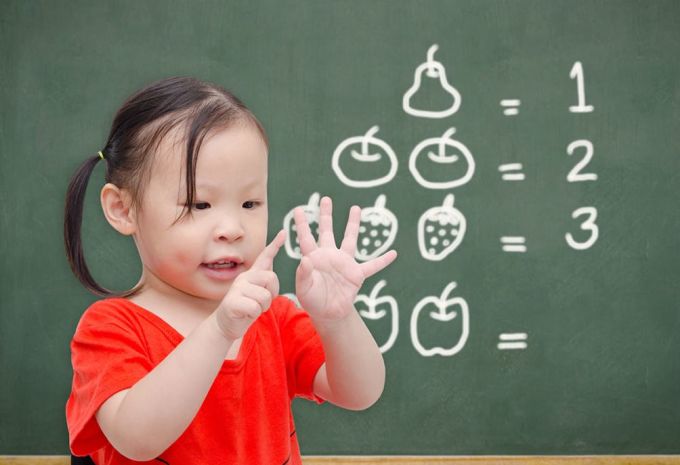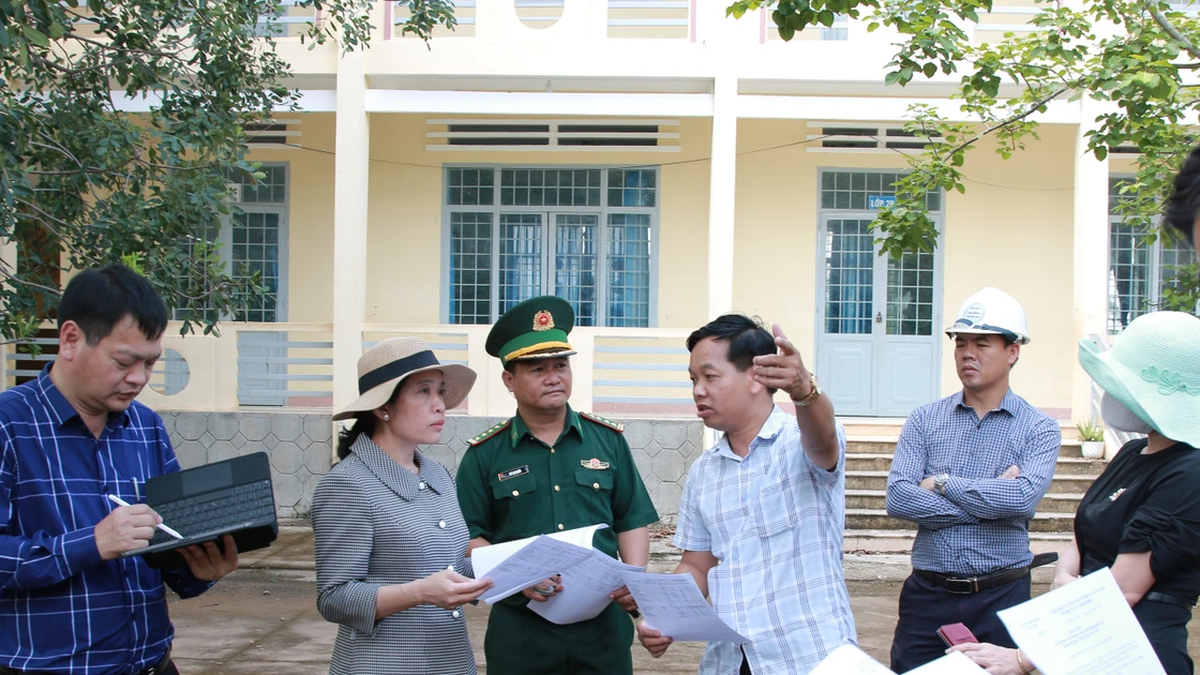Research shows that children who actively do math with their fingers are more likely to score higher on tests.
A study published in the educational journal Frontiers of Education found that learning to count on your fingers can be a good foundation for bright children and is extremely useful in teaching math to children.
This basic counting method can help children convert difficult or abstract concepts into simple, easy-to-understand things that are easy to demonstrate. In fact, when learning addition and subtraction on their fingers, children learn how to use their brains, form a habit, and help them remember in the future.
The study analyzed brain scans of children aged 6 to 10 who were learning to do simple maths like subtraction or addition. The results showed that children who did maths on their fingers had significantly improved brain function compared to children who did not. The researchers also found that the cerebral cortex of children who learned to count on their fingers was more active.
Like all parts of the body, there are a number of active nerves that connect the fingers to the brain. The part of the brain that senses the movement of the fingers is called the "digital somatosensory area". It is also activated when the body reacts to heat, cold, pressure, or pain...

Learning to count on your fingers can be a good foundation for developing intelligence and is useful in learning math. Photo: Freepik
Neurobiologists believe that the brain is hardwired to see the image of fingers and process the information while performing calculations. In fact, if you count your fingers for a certain amount of time, your brain can become so accustomed to this activity that it automatically "commands" your fingers to count.
Looking at brain scans of 8- to 13-year-olds subtracting, researchers also observed that the somatosensory region of the fingers was activated even when the students were not using their fingers to calculate. The more complex the subtraction problem, the more the somatosensory region was activated. Counting on fingers helps children convert abstract mathematical concepts into basic, understandable ones.
The link between finger use and math ability has also been demonstrated in math tests. With their eyes closed, first graders were asked to identify which finger was being touched and perform other finger-related activities. A year later, the students who scored highest on finger identification questions also scored higher on math tests.
When college students were asked to do a similar finger test, those who scored highest also performed better on math tests. The authors believe that, at any age, training to feel your fingers better can lead to better math performance. That includes not just learning to count on your fingers, but also playing musical instruments like the piano. So encouraging kids to count on their fingers might be a good way to help them become more aware of math.
Bao Bao (According to The Healthy, Timesofindia )
Source link



































































































Comment (0)